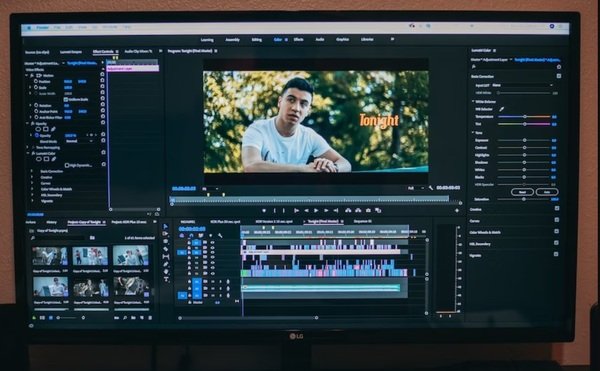Let’s be honest: no one photographer can get the best results if he or she doesn’t take care of the post-processing application. One of the most popular programs is Photoshop, but recently there have been many equally worthy software programs. What to do, for example, if you are looking for a free Photoshop alternative, but do not know how to choose it? Today’s article is dedicated to answering the question of how to find a photo editor that’s right for you. We hope that it will make it easier for you to find answers to all your questions about choosing an application.
Before we get to the main topic of our article, we’d recommend you check out Skylum’s blog if you’re still in search of a photo editor. There you can find the best free Photoshop alternatives. Moreover, the blog has many reviews and tutorials written by professional photographers. We’re sure you’ll love the tips they give!
Tip 1: Be Practical
Of course, you won’t use the same post-processing application your whole life. The new software comes out every day, and developers are releasing exciting new updates. But we’re sure you want to focus on the art of photography, not on the monthly change of post-processing apps. So approach your choice practically and seriously. Here’s what you may want to consider:
- The availability of all the features you need. The best free Photoshop alternatives provide a wide range of features, so decide which ones you really need.
- User-friendly interface. You might not think about it now, but when it comes to getting to know your new application, things will change dramatically.
- The presence or absence of batch editing. For those photographers who want to process a lot of images, it will be indispensable.
Tip 2: Estimate Your Budget
If you have a clear idea of your budget for a photo editor, it becomes easier to make a decision. Although there may be some limitations, alternatives to Photoshop for free can still offer excellent functionality. If you have a small budget, it may be more beneficial to purchase a photo editor that comes with a lifetime license. However, make sure to verify whether the photo editor provides free updates. Subscribing on a monthly basis may cost more, but it typically includes all updates.
Tip 3: Focus on Your System
Photo editors typically require significant resources from your device. To avoid having to invest in a new computer alongside a new app for post-processing, it is advisable to first check the system requirements. Some photo editors, such as GIMP, only support Linux operating systems, while others, like inPixio Photo Editor, are exclusively compatible with Windows, and Pixelmator Pro is only for Mac. Of course, there are also applications that are compatible with Mac and Windows. These include Luminar Neo. The problem, however, is that there is very little such handy software.
Additionally, many photo editors have specific requirements in terms of available memory, hard disk space, and the graphics card’s performance. It’s best to choose a versatile photo editor that supports multiple operating systems and hardware configurations.
Tip 4: Decide Whether You’re Ready to Spend a Lot of Time Learning
The length of time required to learn a new app for post-processing will vary based on your skill level and motivation. More intricate editors, like Adobe Photoshop and Capture One, have a more challenging learning curve. However, if you opt for a high-end editor, you probably won’t need to change it any time soon. On the other hand, free and online apps usually have an easier and less time-intensive learning process. Luckily, there are many options available that fall somewhere in the middle, including Affinity Photo, Luminar Neo, Adobe Lightroom, and Exposure X.
Consider the following factors when making your choice:
- How much time and effort you are willing to spend to learn how to work with your chosen photo editor.
- Consider the number of training materials. Some developers offer entire tutorials, while others are limited to a brief tutorial published on their websites.
Tip 5: Decide What Type of Photography You Like Most
The type of photos you take says a lot about what type of app you need:
- Professional wedding photographers require tools for various tasks, including portrait retouching, RAW editing, presets, and batch processing.
- Landscape or nature photographers do not typically need tools for background removal or color replacement. Instead, they require features such as image stacking and panorama stitching, natural-looking adjustments, and horizon straightening tools. Quick access to exposure and color corrections is also crucial for landscape photographers.
- Commercial photographers require smart selection tools and graphic design capabilities as well. Layers, masks, and brushes are essential tools for them.
Editing workflows are just as important as the tools themselves, as different photography styles require unique approaches to post-processing.
Closing Thoughts
A broad range of photo editors is available to accommodate diverse aesthetics, workflows, and budgets. Many of these options offer free trials, allowing users to test them before buying. It’s advisable to edit the same photo using different editors to assess which one feels intuitive and yields the desired outcome. Opting for a swift editor that encompasses all the essential tools for refining photos is vital. Ultimately, the choice of a photo editor is subjective. When you make your choice, start practicing, because experience comes only with practice.











